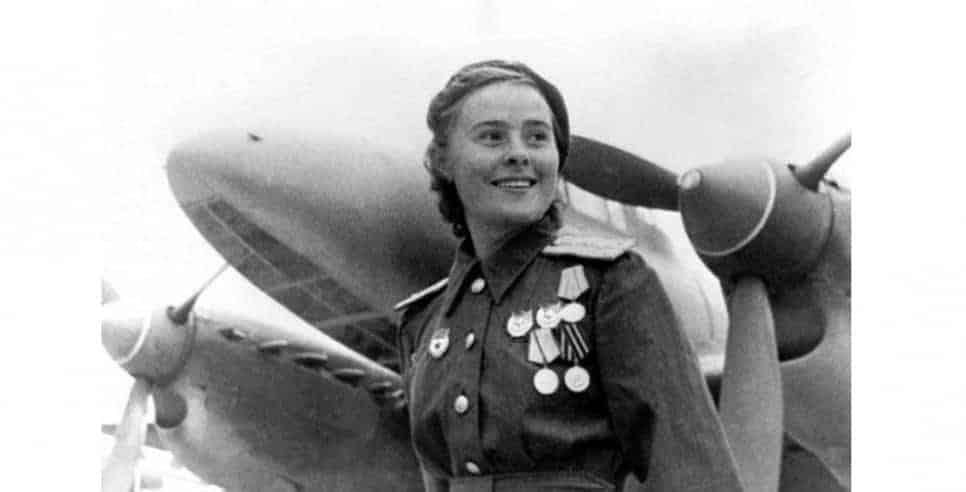War is often seen as something that women should be protected from. Men are often portrayed as stronger, braver, or more prepared to face the horrors of battle. And yet, when given the chance, women have shown time and time again that they can brave those dangers just as well as their male counterparts. These are the women who have become war heroes in their respective countries and around the world for their exploits during 20th century wars. Some became famous as martyrs to a cause, others for surviving impossible conditions, and still others for their complete selflessness in the face of death.
Nancy Wake
Nancy Wake was born on August 20, 1912 in New Zealand and she was raised in Australia. In the 1930s she moved to Paris to work as a journalist. She married Henri Edmond Fiocca in 1929, and the pair were living in Paris when the Germans invaded. When France fell to the Nazis, she started working as a courier for the French Resistance. Wake and her millionaire husband also began running a safe house out of their home. They would rescue downed pilots and give them new clothes and identification cards before finding them safe passage to back to Britain. It is believed that they saved 200 pilots this way.

The program became such a success that the Gestapo took notice and put a five-million-franc bounty on her head. At the time, they only knew her by the nickname “The White Mouse” because of her ability to evade capture. Between saving pilots and her other work with the French Resistance, Nancy Wake found herself on the top of the Gestapo’s Most Wanted List. In 1943 she was captured by the Gestapo and tortured for four days before she was released and made her way to London.
In London, she joined the Special Operations Executives, and in April 1944 she parachuted into Central France to once again fight for her beloved home. She joined a Marquis cell and quickly rose through the ranks. In two months she was a high-level officer, responsible for acquiring and distributing weapons and communications equipment for 7,000 men.
Throughout 1944 she worked on sabotage missions, including attacking the Gestapo headquarters and raiding trucks. When the war finally ended, she was the most decorated woman of the war. She ended up selling all the medals and living off the money she got from them, stating that she saw no point in keeping them. She lived to ripe old age of 98.

